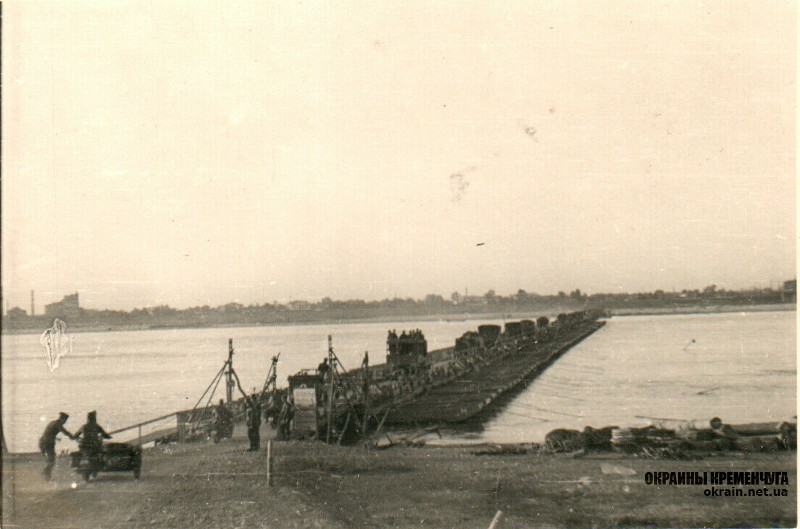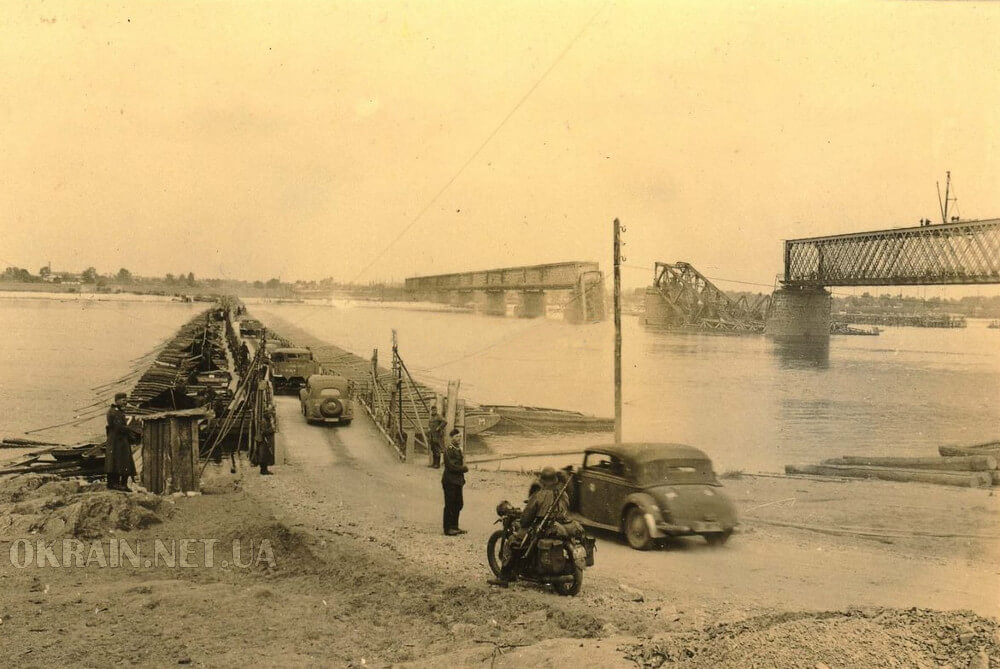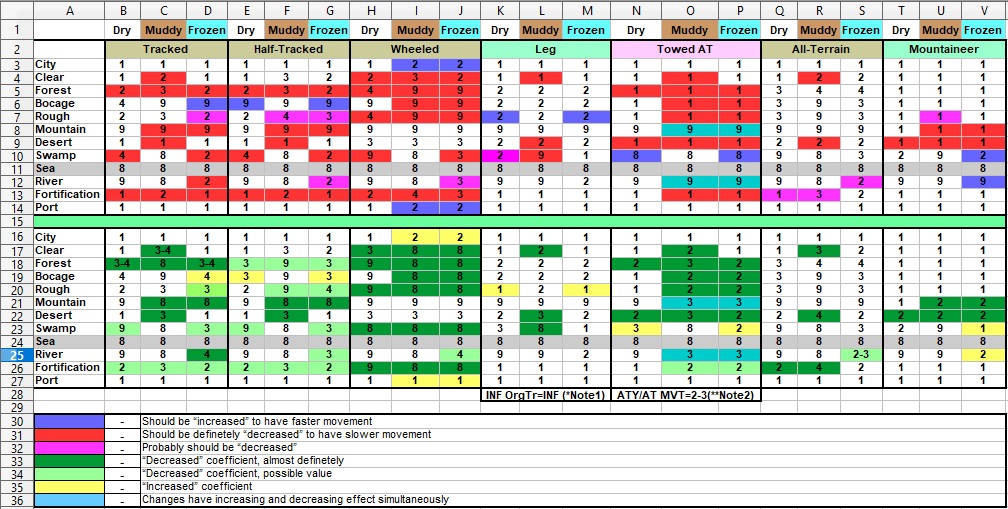Guevremont Sapper's Kampfgruppe PG2 Equipment File
Looking at the contents of this file and its description. Titanic work!

Respect to college for taking such a serious theoretical approach!

I was just blown away by this file.

The methodology, the purpose of creating the file is interesting. I am very grateful to the author of the file for the detailed and clear explanation of his methods of creating it. They eliminate any misunderstanding on the part of the "reader" of the file, and give a completely comprehensive explanation of WHY and WHAT is done here.
While reading the description, a personal reaction to what I have read naturally arose. I will express it here as my strictly personal opinion.
Below are quotes from the Readme file and my comments on them.
"BATTALION ORGANIZATION AND DOCTRINE based E-file is to recognize that war at the battalion level shows a variety of equipment within the same unit." Guevremont
I was not yet familiar with the file when I wrote the same thing, but about the division:
"For example, speaking about German tanks, it is logical to do the same as with the infantry: Panzer Division'39, Panzer Division'40, '42, '43, '44.
Fighters: Fighter JG'39, '40, '41 etc.
This is not the best dish for the gamer, as well as for the icon modder."
viewtopic.php?f=95&t=516#p8692
"You'll find the Infantry class quite strong. Each country, in general, has two or three major jumps in either new technology or organization changes. However, these may not be improvements. For example, the USSR goes through two major organizational shifts. The pre 1941 set is pretty good, the 1941 to 1943 set see the decline of the training and unit strength, thus unit stats. In 1943 you see guard formations and the maneuver commitment by brigades instead of by battalions, thus you see a jump in unit stats. So, for Russia, its infantry class goes through a decline before an improvement. Every country has its own historical development and changes throughout the period of 1936 through 1945; I have tried to replicate these changes as well as each country's doctrinal and other cultural strengths and weaknesses without being tedious." Guevremont
Soviet training? And where did it take place?

Here it went something like this. The divisions received reinforcements, so-called "marching" battalions. Soldiers of these battalions were trained at the front, being among combat comrades. While the army was retreating or making a bad and illiterate offensive in 1941-1942, all soldiers - both new, already learned something, and experienced ones - died. There sometimes were only 100-300 men in the division, and it was either disbanded or manned again.
But since 1943 divisions didn't perish completely. New soldiers had more chances to stay alive and they were gaining experience. Strangely enough, it is a statistical fact that in 1943-45 the advancing Soviet army lost more less soldiers per year than in the unsuccessful defense of 1941.
What about training of the German reinforcements in 1942-45?

I have not encountered in books and memoirs of soldiers and generals of Wehrmacht a positive assessment of the inflow of reinforcements. On the contrary sad assessments were made "We do not have the infantry which we had in 1914", "Infantry is weak" etc.
All the extra armament which the infantry divisions had received since 1941 simply counterbalanced in its firepower the enormous losses in personnel and incomplete unit strength.
The quality of conscripts deteriorated with each year of the war. No chubby 40-year-old soldier in either the Wehrmacht or the Soviet army could be as agile and quick as a 20-25-year-old.
Fragment of Kühn Heinz memoirs, translated from
http://militera.org/oh/for/k/t41254/#books
"I - I commanded a company - was greatly depressed by the quality of the new recruits who came to us in the last months of the war. The calls of well-trained young people, who had passed the Hitler Youth school, had by then been knocked out. Nor were there any fanatics left. I remember one such: "I will spare nothing for the Fuhrer - I will give my life! - They were of little use, though: they went under the bullets themselves, and that's not the point in war. Our new comrades... what a crowd they were! Old men who could hardly drag their feet... Demanding from them what you would normally expect from a soldier was useless. And they could do nothing, they had zero training, they had to be taught from scratch. Hence they suffered a lot of losses."
And one more very important nuance, which concerns only the armies of Germany and the Soviet Union, but not the United States and Britain. Since June 22, 1941 no infantry unit on the Eastern Front had ever reached its previous standard strength. For example, Berlin was taken by Soviet divisions, whose average strength was 5,000 men.
In 1941-42, Soviet divisions very often had 2,000-3,000 men each. Companies had 60-70 men, and often 40-50 men each.
In Wehrmacht there was a similar picture.
For example, by the evening of May 9, 1945
189,000 German troops, including 42 officers in the rank of general, in the Courland Pocket had surrendered.
https://en.wikipedia.org/wiki/Courland_Pocket
In the Courland Pocket at the time of surrender there were 24 divisions + Luftwaffe + some crew from ships
Divisions of 7,500 men, and in this figure also a large number of logistics and military administrators...
"The main theme of recon units is just that - recon. Unfortunately, they are often used for cheap, effective ways to soften up a heavy enemy unit for destruction or to conduct artillery ammo consumption attacks. We thought we could change the stats to be able to discourage a player from abusing the recon units so often. To do this we reduced the SA/HA generally by 25%. Functionally this reduces their chances of doing any serious damage to any combat unit, but can still hurt a unit loaded in trucks. Historically, recon units rarely were 'massed' for conventional combat, instead spending most of their time dispersed over a large area to conduct reconnaissance - thus the SA/HA reflects the difficulty of massing the entire unit's firepower. You'll notice an increase in the Initiative, Ground Defense, Air Defense, and Close Defense. This is to represent that most recon units avoided contact, and thus were harder to engage and destroy - thus this also helps enable the recon class to survive while conducting deep recon behind enemy lines. They have less ammo, which should reduce their use for softening attacks or draining ammo from artillery. Another effect was to make recon units much more expensive - so to be abused for softening duties much less, and historically recon units represented small combined arms formations of veterans (if not elites). The Air (Tactical Bomber class) recons have 4-spotting range abilities. All the ground (Recon Class) recons have 3-range. You will pay a much higher price for these recons when compared to most other equipment files. Equipping and training recon units was much more difficult because of the stealth tactics and combined arms coordination found at battalion and company (instead of at battalion and brigade level as normal combat units). Hopefully the combined effects will encourage more historical use of recon units. Those that abuse and lose them will be very sorry as they lose the ability to see deep behind the enemy's front lines or spend a lot more prestige than they'd like to keep up the recon abuse." Guevremont
This is all very correct and completely in line with my thoughts.

Moreover, we should divide the Recons into two virulent parts: the actual individual small Recons units for individual reconnaissance - they remain in the Recons class, and the wheeled vehicles used en masse as cheap tanks - they should be moved to tanks.
"Artillery:
Only divisional guns (with only a few exceptions) will fire defensive support fire. All Corps, Army, and Front controlled guns (this distinction is in the unit name) will not fire defensive support fire (because their focus was counter-battery and other deep strike mission - thus the ammo and availability to fire when needed / thus not available for support by request.) All rocket units will also not fire defensive support fire as their function and focus was to produce massed fires for offensive actions." Guevremont
There are as many arguments for such a decision as there are arguments against it.

Soviet coastal batteries at Sevastopol provided cover for the defending forces. The fire of the Baltic Fleet's half-sunken ships enabled the Oranienbaum bridgehead to be defended in 1941-44. The Katyushas were often used precisely as defensive artillery on call. Everything is very complicated.
I had thoughts of moving some of the large caliber artillery to the AT class... But I still haven't decided if it should be done.

"Tanks".
The Tank class is based on a norm of 60 combat vehicles in a unit. Units with more than 60 had partial increases in SA,HA, GD, AD and cost but not in the holistic sense like IN or Move." Guevremont
Everything I've read on the subject of World War II ground combat has made me almost firmly convinced that a tank battalion is a very powerful force. Too powerful to be displayed on the same scale as an infantry battalion. Even if you tweak the HA and SA parameters a lot, you still don't get any even approximate real scale ratio of tank battalion vs infantry battalion. That is, for the battalion scale of the game you have to operate with the concept of "tank company". Everything here is very subjective, there are no comparative estimates from historians, nor specific information from army orders. But when I imagine an attack with 60 Pz.III-VI or T-34 or another medium tanks against an infantry battalion, i.e. one tank against ten infantrymen, I somehow have a completely virtual-fantasy feeling that these infantrymen would quickly turn into dust.
I would be most interested in hearing criticism of my point of view.
How many hedgehogs equal one squirrel, how many elephants equal one whale... is a very difficult question.
But for now, I think we should stick to the following more or less comparable ground units on a battalion scale:
Infantry battalion (300-500-700 men)
A tank company (8-10-12 tanks)
Artillery division or something similar (2-3 batteries of 4 guns = 8-12 guns)
That looks more realistic than 60 tanks against 600 infantrymen...
If you accept this scale, then all the extensive theoretical work done by Guevremont on the complex parameters of a composite tank battalion could be displayed in the game in a much simpler way,
in tank companies.
"Some tank formations (most notable are the USSR Tank Brigades) have large infantry formations as a part of their unit. This helps things like SA and CD, but also reduces IN. I hope this helps you understand whey some units with big tank icons don't have impressive stats." Guevremont
Tank battalion in Wehrmacht
https://en.wikipedia.org/wiki/German_he ... _battalion
Tank brigade in USSR
https://ru.wikipedia.org/wiki/%D0%A2%D0 ... 0%9A%D0%90
One motorized infantry battalion in a Soviet tank brigade is a reason to reduce INI of brigade? Not reduce but
increase!
The crux of the problem here is that the Wehrmacht tank battalion from 1943 is a fire department. It arrives at that section of the front, where only infantry is defended and tanks perform their specialized role. Why would such a tank battalion also need a battalion of motorized infantry? To transport that infantry battalion from place to place and load railroad lines?
The tank brigade of the Red (Soviet) Army since August 1941 is a balanced troop unit, capable of performing its various tasks on one section of the front. No one chased tank brigades like firefighters for thousands of kilometers. It fights where it fights, and well.
Now the conclusions:
First:
The Equipment file is created by the Campaign designer for the selected map scale. Which should be clearly defined from the start to avoid subsequent chaos and possible misunderstanding of "why is it done here like this? It must be clearly defined what time represents a move. 2, 4 hours, half a day, a day?
MVT, Range, Fuel, AMMO depend on the geographic and time scale chosen.
"1) No matter what, one will have to define the dimensions of a typical hex and live with the consequences; ditto for the time interval represented by a "typical" turn.
4) Unit Movement Allowance, Spotting Range and Shooting Range stats must strictly conform to the fundamental specifications as per preceding point (1)." Hexcode
viewtopic.php?f=95&t=174&start=150#p9781
Second:
Complex units are very true in terms of displaying military history. But they have one huge disadvantage: they are extremely boring to play.
"
I was aiming for that, yes. Maybe my approach wasn't as studious and detailed as Sapper Bill's work for PG2 but i am trying to account for this diversity of the different support sub-units and components of my battalions. I don't want to stray too far from the familiar SSI-style territory (my main motivation to start working on this was to try to recreate the "fun" feel of PG1 play under the constraints of the PGF's tedious AI) but i am aware that units aren't really single vehicles"  Radoye
viewtopic.php?f=95&t=149#p9831
Radoye
viewtopic.php?f=95&t=149#p9831
These words of Radoye fully reflect my opinion as well. There must be a compromise between "historical," "interesting," "educational," and "good game.
-- Special thanks to Hexcode for file send for investigation! --








